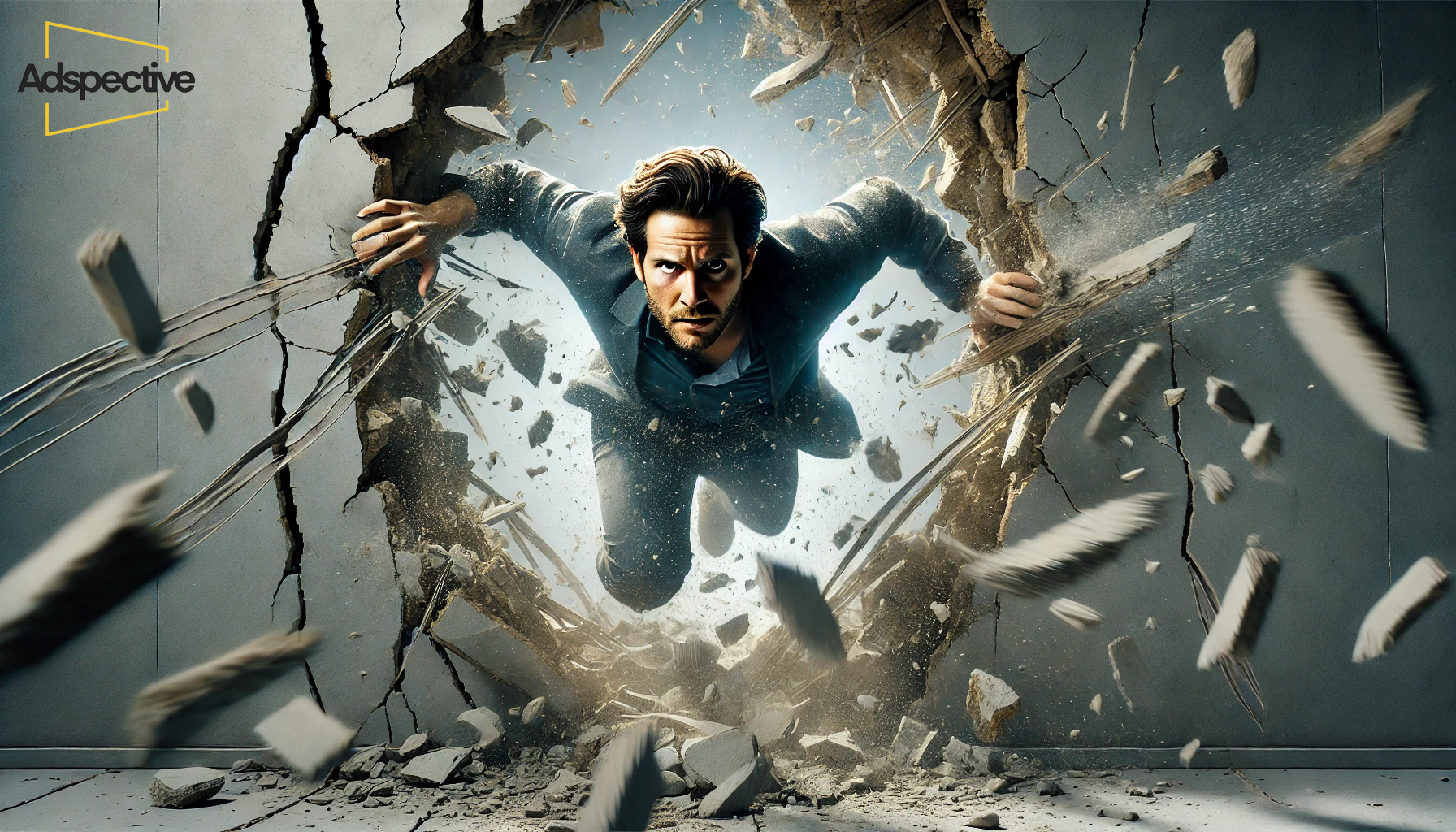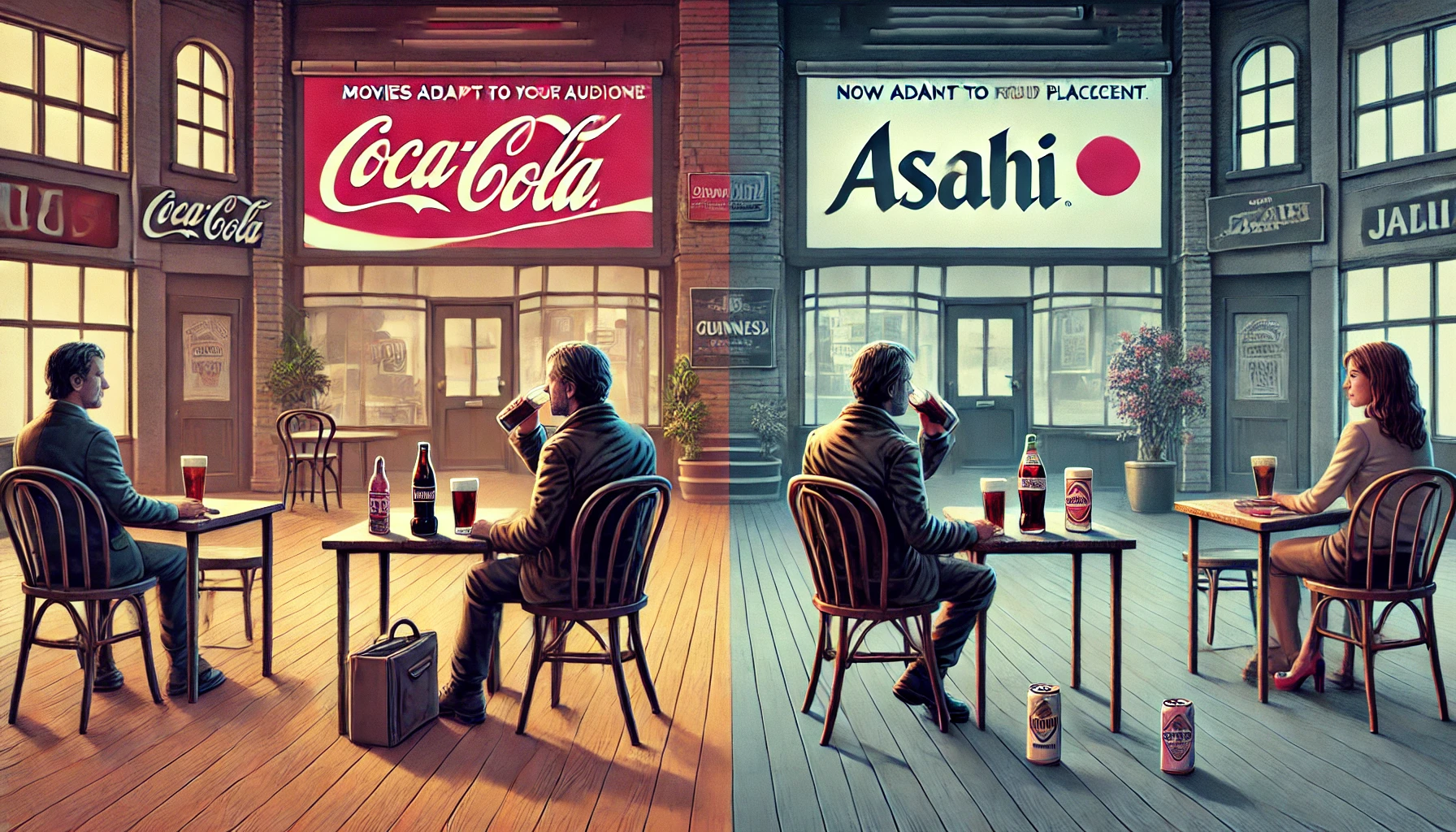
In the world of cinema, product placements often blend seamlessly into the background, subtly influencing our brand preferences without breaking the flow of the story. But every so often, a film dares to shatter this invisible barrier, making us chuckle, cringe, or even question the commercialization of art itself. These are the moments when characters break free from their scripted confines, turn to the camera, and cheekily acknowledge the brand that’s footing part of the production bill. It’s product placement with a wink and a nod because sometimes, selling out has never been so entertaining. And if you think you’re immune to these tricks, just remember: they’re laughing all the way to the bank.
In the wildly entertaining “The Truman Show”, product placement is a key part of the film’s narrative in a way that’s both unsettling and darkly humorous. Truman Burbank (played by Jim Carrey) is the unwitting star of a 24/7 reality show, where every aspect of his life is broadcast to a global audience. The show’s producers fund the elaborate production by integrating blatant product placements into Truman’s daily life. One of the most striking examples occurs when Truman’s wife, Meryl (played by Laura Linney), suddenly turns to the camera during a domestic scene and enthusiastically pitches “Mococoa”, a fictional cocoa drink. She smiles brightly and raves about its virtues, all while Truman looks on in confusion, sensing something is amiss. This moment breaks the fourth wall within the film’s universe, as Meryl’s pitch is meant not for Truman, but for the audience watching the show within the movie. This product placement is the least of your worries, Truman!
The example mentioned above was creepy but kind of funny, the next one is far from it! In “Fight Club” product placement is turned on its head to critique consumer culture and the empty pursuit of materialism. The movie follows the Narrator (played by Edward Norton or is it Brad Pitt…), a man disillusioned with his monotonous, consumer-driven life. Early in the film, the Narrator walks through his apartment, which is visually transformed into an IKEA catalog. As he moves from room to room, various pieces of furniture and decor are highlighted with descriptions and prices, just like in a real catalog. Instead of promoting the products, the film uses this visual gag to mock the idea of defining one’s identity through material possessions. The placement of IKEA products, rather than being a straightforward advertisement, serves as a biting commentary on the absurdity of consumer culture, highlighting how people are often reduced to mere buyers in a capitalist society. Considering that I’m writing this text on a MacBook in my IKEA-furnished living room for the purpose of getting paid only adds layers to this example. That’s breaking a fourth wall if I haven’t seen one!
“This twist directly addresses the audience, acknowledging that the entire adventure we’ve been watching is, in fact, a commercial for creativity and play”
Let’s counterpoint that with something more light-hearted. In Spaceballs, Mel Brooks masterfully parodies the Star Wars franchise, and in doing so, he also takes a hilarious jab at the rampant commercialization of blockbuster films. One of the most memorable moments comes when the character Yogurt (Yoda, anyone?) introduces “Spaceballs: The Merchandise”. As Yogurt leads the heroes through his underground lair, he proudly shows off an array of Spaceballs-branded products, including lunchboxes, action figures, coloring books, and even a flamethrower. The scene is a brilliant and overt parody of the way major film franchises often milk their popularity by selling a vast array of tie-in merchandise. What makes this moment particularly clever is how it breaks the fourth wall. The characters acknowledge the merchandise not as something within their fictional world, but as a direct nod to the audience watching the movie. Yogurt even jokes: “Merchandising, merchandising! Where the real money from the movie is made.”
We’ve broken so many fourth walls up till now, so it’s high time to break a Lego wall instead. In “The Lego Movie” the story follows Emmet, an ordinary Lego minifigure who finds himself thrust into a grand adventure. Throughout the film, the world is built entirely out of Lego bricks, with everything from the characters to the landscapes constructed using recognizable Lego pieces. What makes the movie stand out is its self-awareness and the way it breaks the fourth wall with its product placement. The film’s climax reveals that the entire story is taking place in a young boy’s imagination as he plays with his Lego sets in a basement. This twist directly addresses the audience, acknowledging that the entire adventure we’ve been watching is, in fact, a commercial for creativity and play—using Lego as the medium. “The Lego Movie” turns its product placement into a meta-commentary, blending humor, heart, and a critique of the very commercialism that drives the brand.
In cinema, product placements typically slip into the background, subtly shaping our preferences without disrupting the narrative. However, some films burst through this subtlety, making their commercial partnerships a central, self-aware part of the story. These movies transform brand promotions into moments of humor or critique, with characters breaking the fourth wall to directly acknowledge the presence of the products they use. By doing so, they turn selling out into an entertaining art form, offering a playful twist on conventional advertising. And if you think you’ve escaped their reach, remember: even when you’re laughing, they’re still cashing in.


